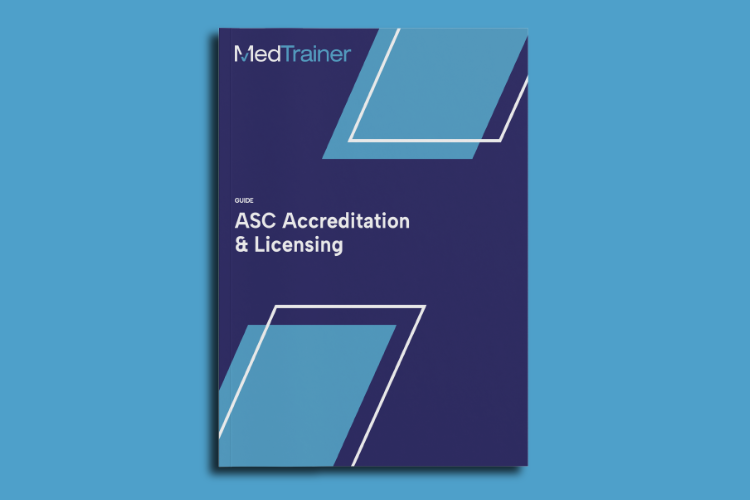On the surface, medical assistants (MAs) — also known as certified medical assistants (CMAs), certified medical technician (CMT), or registered medical assistant (RMA) — and nursing assistants (NAs) — sometimes referred to as certified nursing assistants (CNAs) — may sound like the same role. They both play crucial roles in patient care and overall healthcare operations. However, their specific duties, training requirements, and work environments differ significantly.
The differences are particularly important for individuals considering an MA or NA career. In this article, we’ll address what is the difference between a medical assistant and a nursing assistant by demystifying the roles by highlighting the key attributes of each and help those navigating their career options in the healthcare sector.
Similar Titles with Distinct Variations
While both roles are crucial to quality healthcare delivery and involve direct patient care, medical assistants have a broader scope that includes administrative tasks and typically work in outpatient settings. In contrast, nursing assistants focus solely on patient care, primarily in inpatient settings, and have a more direct path toward advancing in nursing careers. Here are key differences between the roles:
Education and Certification
Medical Assistants |
Nursing Assistants |
|
|
Job Duties
Medical Assistants |
Nursing Assistants |
|
|
Scope of Practice
Medical Assistants |
Nursing Assistants |
|
|
Work Environment
Medical Assistants |
Nursing Assistants |
|
|
Career Path and Advancement
Medical Assistants |
Nursing Assistants |
|
|
Medical Assistant Certification Can Be a Career Boost
While medical assistant certification isn’t mandated in all states, many organizations recognize the value of offering educational and professional growth opportunities to advance a medical assistant’s career. Entities that hire certified medical assistants not only enhance the organization’s reputation but also help to stand out in the competitive healthcare industry by offering superior services and demonstrating a commitment to excellence.
There are several types of certifications available for medical assistants, each with its own set of requirements and focus. The most recognized certifications include:
- Certified Medical Assistant (CMA) from the American Association of Medical Assistants (AAMA)
- Registered Medical Assistant (RMA) from the American Medical Technologists
- National Certified Medical Assistant (NCMA) from the National Center for Competency Testing
- Certified Clinical Medical Assistant (CCMA) from the National Healthcareer Association
The process of maintaining MA certification typically requires continuing education. For example, the CMA (AAMA) credential needs to be renewed every five years and requires a total of 60 recertification points. At least 30 points must come from continuing education units (CEs) that have been approved by the AAMA. MAs can earn up to 30 points from non-AAMA CE sources, such as contact hours, physician CME credits, and college or university credit.
MedTrainer offers 30 hours of continuing education (CE) courses approved by AAMA. These courses — combined with MedTrainer’s extensive CE course library — provide recertification points for AAMA certified medical assistants on one cloud-based platform.
Read more about MedTrainer’s 30 hours of CEs approved by the AAMA.
Support Medical Assistants With Continuing Education
Employers benefit every time a medical assistant completes continuing education courses. It can be easier to find and retain MAs, improve patient care, and reduce certification lapses.
MedTrainer Learning is an enterprise cloud-based software with the largest proprietary course library of healthcare content curated specifically to meet the requirements of regulatory and accreditation organizations. New and updated courses are added every month, so you never have to worry if training is up-to-date.
MedTrainer offers all the conveniences of a modern learning management system including automated completion reminders, assessments with every course, and the ability to upload your own training. Course completions are automatically tracked and customizable reporting means that you are always survey ready. See how we can help.
Get our best tips to navigate the accreditation process.

